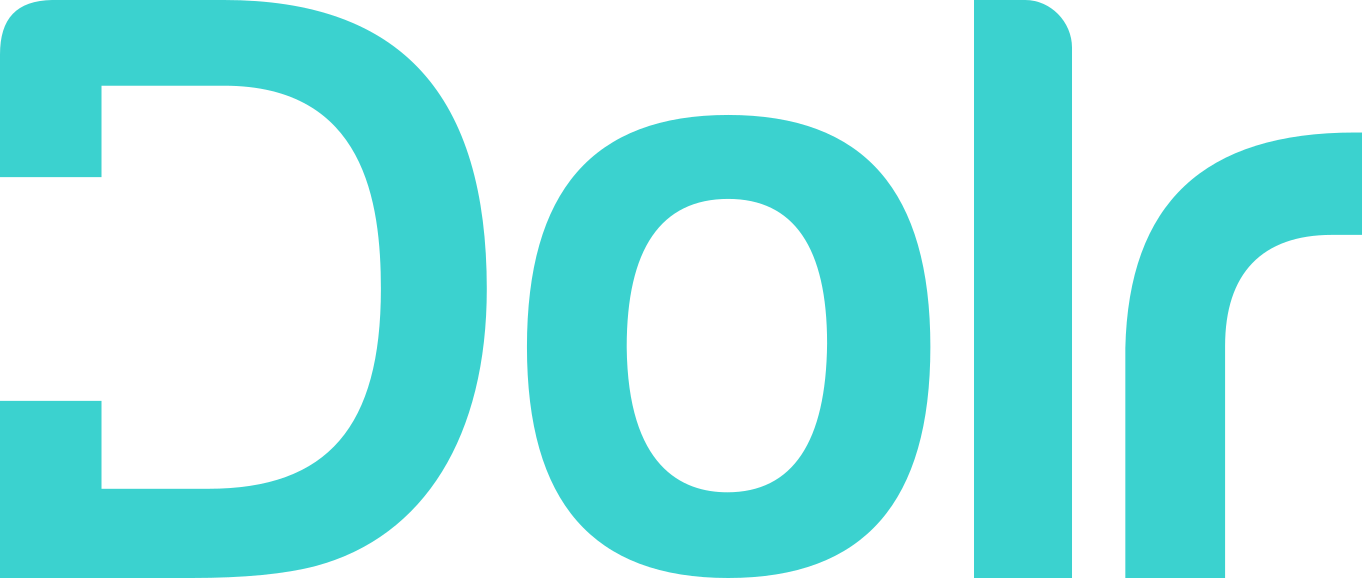Understanding the Key Student Loan Benefits for College Graduates
Explore the essential advantages of student loans for college graduates, from building credit to flexible repayment options, and learn how they can support your financial journey post-graduation..

Navigating the world of student loans can be daunting for college graduates. Understanding the various types of loans, benefits, and repayment options is essential for making informed financial decisions. In this article, we will explore the key benefits of student loans, focusing on federal and private options, loan forgiveness programs, and repayment strategies available to graduates.
The Basics of Student Loans
Before delving into the specifics, it's crucial to understand what student loans are. They are funds borrowed to pay for education expenses, which may include tuition, fees, room and board, and other associated costs. With the rising costs of higher education, many students find themselves relying on these loans to achieve their academic goals and secure a brighter future.
What is a Student Loan?
A student loan is a type of loan designed specifically for educational purposes. Borrowers agree to repay the principal amount along with interest, typically starting after a grace period following graduation. These loans can significantly help bridge the financial gap for many students pursuing higher education. In addition to covering tuition, student loans can also support living expenses, textbooks, and even technology needs, such as laptops or software required for specific courses.
Types of Student Loans
There are two primary categories of student loans: federal and private. Federal loans are funded by the government and tend to have lower interest rates and more forgiving repayment terms. Private loans, on the other hand, are issued by private financial institutions and typically offer varying terms and rates, influenced by the borrower's creditworthiness. It's important for students to explore all available options, as federal loans often come with benefits such as income-driven repayment plans and potential loan forgiveness programs for public service workers.
Understanding the distinctions between these types of loans is essential for graduates to secure the best financial products for their needs. Diversifying loan sources can also help in managing expenses effectively. Moreover, students should be aware of the importance of borrowing only what is necessary, as accumulating excessive debt can lead to financial strain post-graduation. Researching scholarships, grants, and work-study opportunities can also provide additional financial support, reducing the need for loans and helping students graduate with less debt.
The Role of Federal Student Loans
Federal student loans play a significant role in supporting students during their educational journey, providing them with more favorable terms compared to private loans. The U.S. Department of Education oversees these loans, ensuring accessibility and affordability. This system is designed not only to help students finance their education but also to promote higher education as a pathway to economic mobility and personal development, making it a cornerstone of the American educational landscape.
Interest Rates and Federal Loans
Federal student loans come with fixed interest rates, which remain constant throughout the life of the loan. This predictability can help borrowers plan their budgets effectively. For instance, the interest rate for Direct Subsidized and Unsubsidized Loans for undergraduate students is generally lower than that of private loans, allowing students to save money over time. Additionally, the fixed nature of these rates protects borrowers from fluctuations in the market, providing peace of mind as they navigate their financial commitments.
In addition, the government covers the interest on subsidized loans while the student is in school, further reducing the financial burden during college years. This benefit can significantly lessen the overall cost of education, allowing students to focus more on their studies rather than worrying about accumulating debt. Furthermore, the availability of deferment and forbearance options provides additional safety nets for borrowers facing temporary financial hardships, ensuring they have the support needed to complete their education without undue stress.
Repayment Plans for Federal Loans
Federal loans offer a variety of repayment plans, catering to different financial situations. Options include Standard Repayment, Graduated Repayment, Extended Repayment, and Income-Driven Repayment plans. Each plan is designed to accommodate borrowers with varying levels of income and financial responsibilities. For example, Income-Driven Repayment plans adjust monthly payments based on the borrower's income and family size, making it easier for graduates to manage their debt without compromising their ability to meet other essential expenses.
The flexibility in repayment plans ensures that graduates do not feel overwhelmed upon entering the workforce. This adaptability is an invaluable feature of federal loans, as it allows borrowers to choose a plan that aligns with their financial capabilities. Moreover, borrowers can switch repayment plans if their financial situation changes, providing a level of security and control over their financial future. Additionally, some federal loans offer forgiveness options after a certain number of qualifying payments, which can significantly alleviate the burden of student debt for those who pursue careers in public service or other qualifying fields, further incentivizing graduates to contribute positively to society.
Private Student Loans: What You Need to Know
While federal loans provide significant advantages, many students may require additional funding through private student loans to cover all expenses associated with their education. Understanding the details of private loans is crucial for informed decision-making.
Interest Rates for Private Loans
Interest rates for private student loans can vary widely based on the lender and the borrower's creditworthiness. Unlike federal loans, which have fixed rates, private loans might offer both fixed and variable rates. Borrowers with excellent credit can potentially secure lower rates, making it essential to compare options.
However, graduates should be cautious of interest accrual during school years, as many private loans begin accumulating interest immediately, potentially leading to a higher total repayment amount after graduation. It's important to note that some lenders may offer a grace period where payments are deferred for a certain period after graduation, but interest may still accrue during this time, adding to the overall debt burden.
Repayment Options for Private Loans
Private loans also provide different repayment options, although they may not be as flexible as federal plans. Common repayment options include immediate repayment, interest-only payments during school, or deferred payments until after graduation.
When considering private loans, graduates should thoroughly review the terms and conditions, as well as any potential fees associated with repayment, to avoid unexpected financial challenges. Additionally, some lenders may offer options for refinancing after graduation, which can be a beneficial strategy for those looking to secure better interest rates or more favorable repayment terms as their financial situation improves. Understanding these nuances can empower borrowers to make choices that align with their long-term financial goals and help manage their student debt more effectively.
Loan Forgiveness Programs
For many graduates, loan forgiveness programs present a valuable opportunity to alleviate the burden of student debt. These programs are designed to cancel part or all of a borrower's debt under specific circumstances, particularly for those in public service roles.
Public Service Loan Forgiveness
The Public Service Loan Forgiveness (PSLF) program is aimed at individuals working in qualifying public service employment. After making 120 qualifying monthly payments under a qualifying repayment plan, borrowers may have the remaining balance of their Direct Loans forgiven.
This program is particularly impactful for graduates entering the fields of education, healthcare, and non-profit work, where salaries may be lower but passion for service is high. The PSLF program not only provides financial relief but also encourages a culture of service, allowing individuals to dedicate their careers to making a difference in their communities. Many borrowers report feeling a profound sense of fulfillment knowing that their work contributes to the greater good, while simultaneously easing the financial strain of their education.
Teacher Loan Forgiveness
The Teacher Loan Forgiveness program offers another pathway for graduates in the education sector. Teachers who meet specific criteria, such as working full-time for five consecutive years in a low-income school, may be eligible for forgiveness of up to $17,500 on their Direct Loans.
This program incentivizes graduates to pursue careers in education while helping to alleviate financial stress, fostering a commitment to teaching in under-resourced areas. By targeting schools that face challenges in attracting and retaining qualified teachers, this initiative plays a crucial role in improving educational outcomes for students who might otherwise lack access to experienced educators. Furthermore, the program highlights the importance of investing in the future of education, as dedicated teachers can inspire and shape the lives of countless students, creating a ripple effect of positive change in society.
Deferment and Forbearance: A Closer Look
Occasionally, graduates may encounter financial hardships that hinder their ability to make loan payments. In such instances, understanding deferment and forbearance can be essential to avoiding default.
Understanding Deferment
Deferment allows borrowers to temporarily postpone their loan payments without facing penalties or accruing interest on specific types of loans. Eligibility for deferment may depend on factors such as enrollment in school, unemployment, or economic hardship.
Utilizing deferment can provide valuable relief during challenging periods, though it’s important to understand the long-term implications on total debt and future payments.
The Basics of Forbearance
Forbearance is another option for borrowers experiencing financial difficulty, allowing them to temporarily halt or reduce payments. Unlike deferment, interest continues to accumulate during forbearance, potentially leading to a larger balance owed post-repayment.
While forbearance can be a useful short-term solution, it is advisable to explore all alternatives and ensure that it aligns with long-term financial goals.
In conclusion, understanding student loans is essential for college graduates to navigate their financial futures successfully. By exploring federal and private loan options, determining eligibility for forgiveness programs, and considering deferment and forbearance where needed, graduates can develop effective strategies to manage their student debt and achieve their personal and professional goals.



